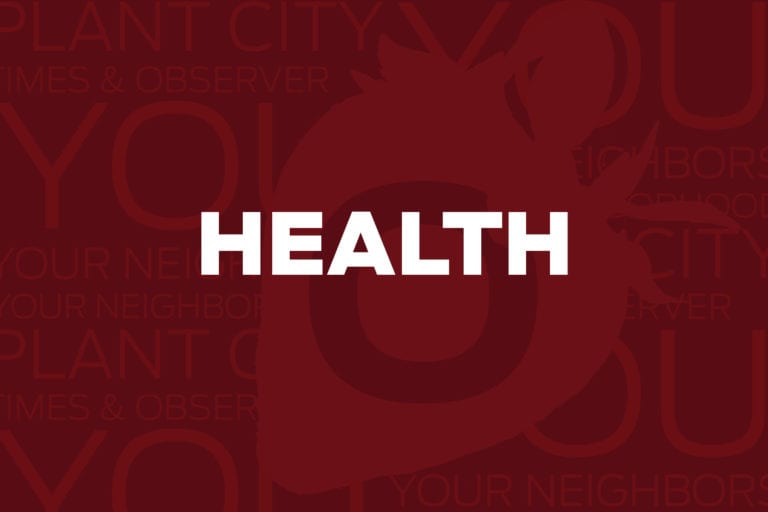
Often unintentionally, the posterior muscles are overlooked, and can lead to poor posture, low back pain and even injury.
I answer lots questions from women wanting to know what exercises are best for their “backside,” but in this column I am referring to the entire back of the body: the posterior chain.
The posterior chain is the group of muscles on the posterior (or back) of the body. It includes the gastrocnemius/soleus (calves), hamstrings, gluteus maximus, erector spinae (the group of muscles that work to keep the back erect and assist in bending sideways) and trapezius. We often refer to a chain only being as strong as its weakest link. The same is true when training these muscles. If one muscle in the chain is weak, it can lead to injury in another.
Many people tend to focus on the anterior muscles (in the front of the body) because those are the muscles we can see in the mirror. Weak glutes, hamstrings and hip flexors can cause poor posture. If we train these muscles adequately we can decrease the chance of developing postural problems. Those who have already developed poor posture through years of bad habits, such as slouching when sitting, poor posture when standing or lifting incorrectly, will need to focus on proper techniques when lifting to “retrain” their muscles.
Low back pain is a very common problem that affects an estimated 80 percent of adults at some point in their lives. Weak or tight postural muscles are the cause of most back problems. Some of us spend so much time sitting that these muscles get weaker. When we do exercise, we need to include exercises that strengthen these weakened muscles so that all of our muscles can function together properly.
In athletes, the hamstrings, knees and low back are common injury sites. It makes sense, then, to train them to prevent injury. Lots of athletes have strong quadriceps and that, combined with weak hamstrings and/or glutes, can lead to more strain on the knees. Training the glutes and hamstrings will reduce stress on the knees and decrease the risk of knee injury.
Finally, training the posterior is just as important as the anterior for symmetry.
Some simple exercises you can add to your fitness routine are back extensions and bridges. These can be done at home with no equipment.
For back extensions, lay in the prone position, place hand over hand and rest your forehead on the back of your hand. Keeping your legs on the floor, lift your chest off the floor, keeping your forehead on your hands and repeat. This small movement will engage your low back.
To bridge, lay on your back with arms down at your sides, bent knees and heels close to your butt. Squeeze your glutes and lift your hips up towards the ceiling. Hold that position for a few seconds and then lower down to the floor, repeat the movement eight to 12 times and you will feel your hamstrings, glutes and low back. To progress this exercise, try it with your head, neck and shoulders on a bench and add weight with a plate on your thighs or a barbell across your hips.
Other good resistance exercises include deadlifts, rows, and hamstring curls.
Angela Fulgieri is the Wellness Experience Director at the Plant City YMCA. Contact her at observerfitness@gmail.com.
